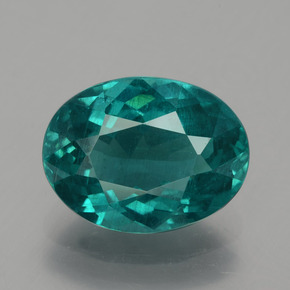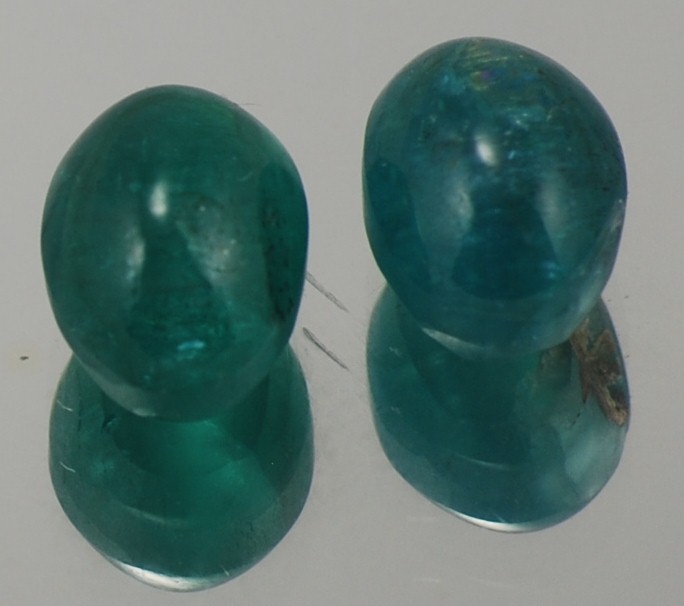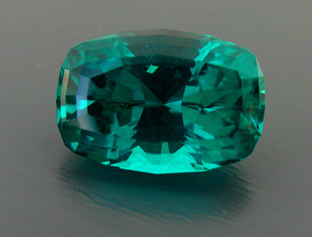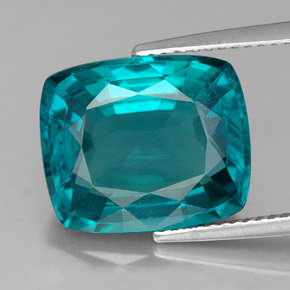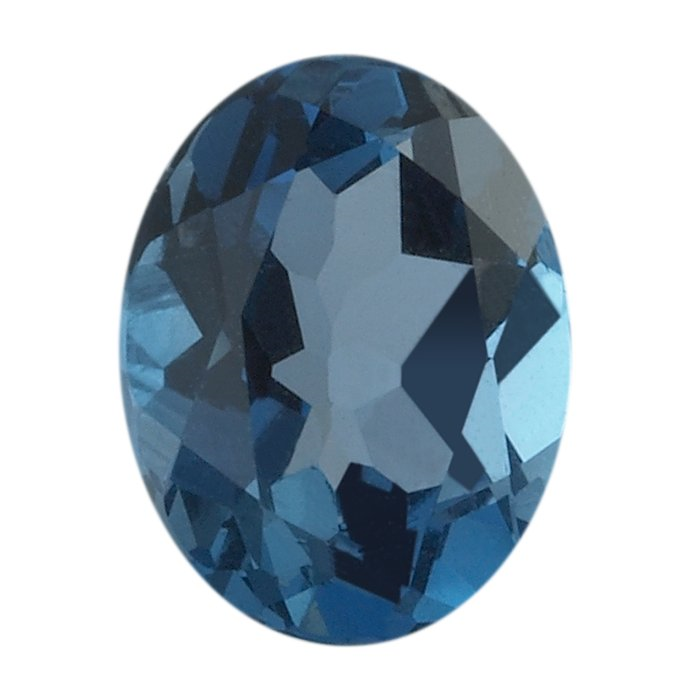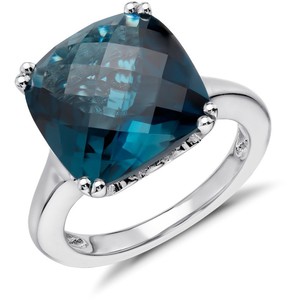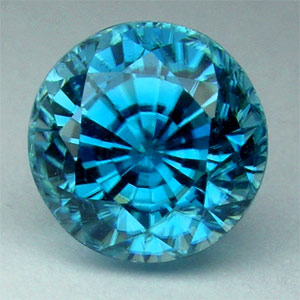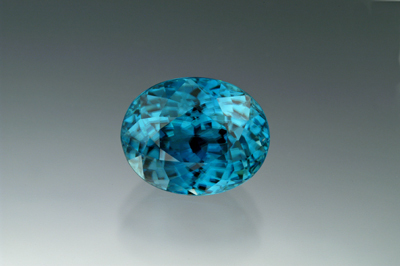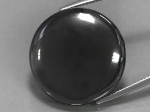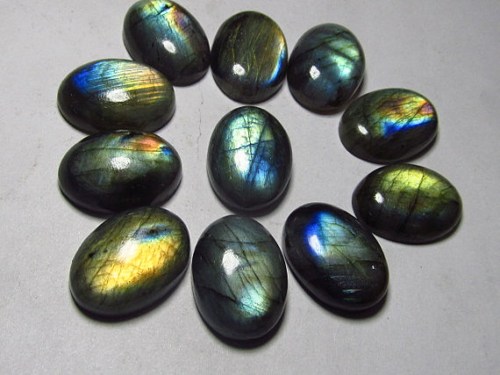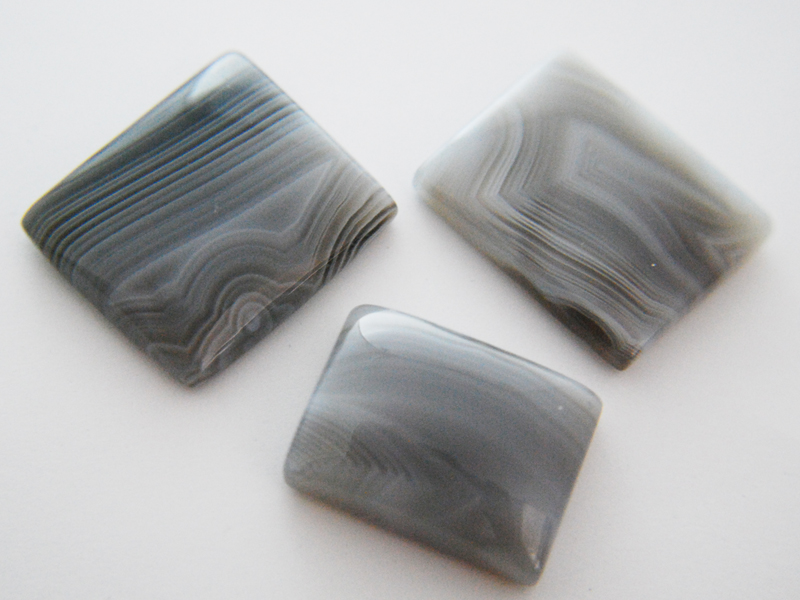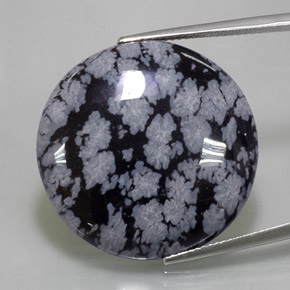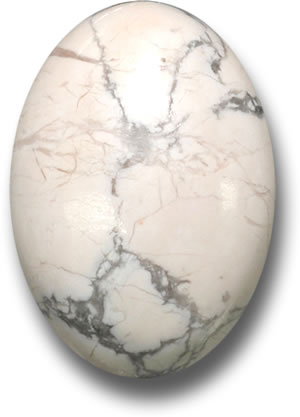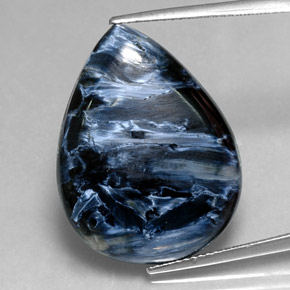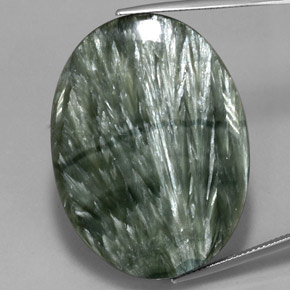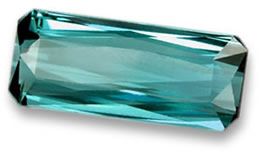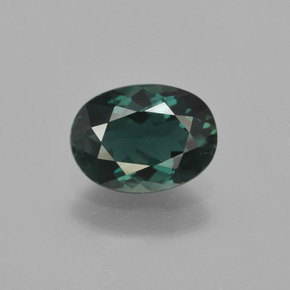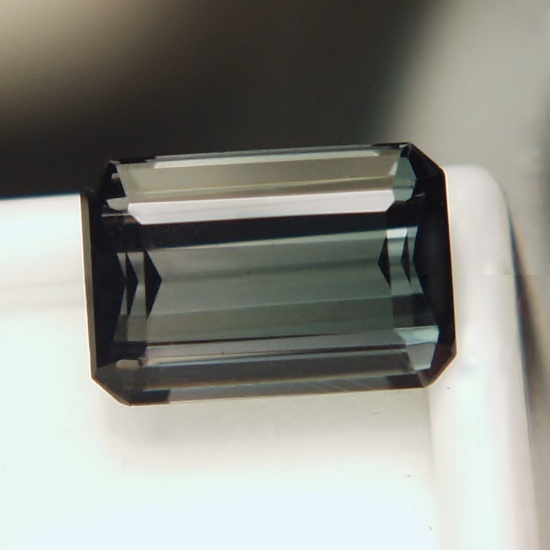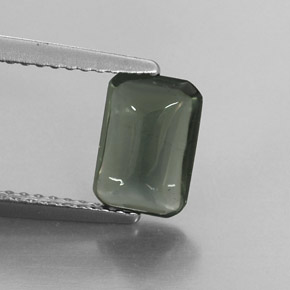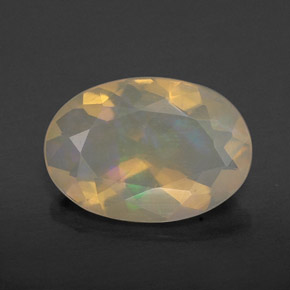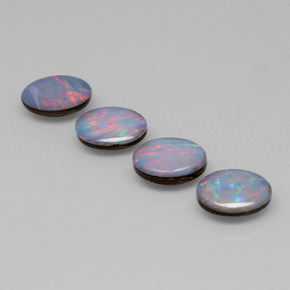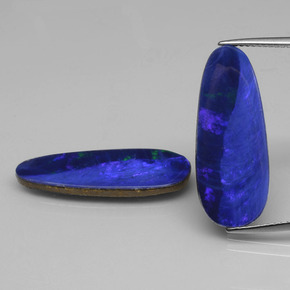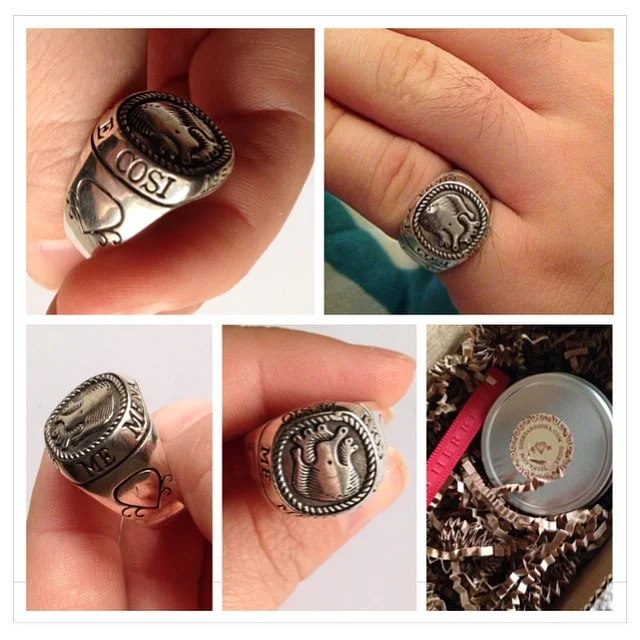Cuddle up To Fall Gemstones
/Autumn is a time for fall leaves, and (if you're into them) pumpkin spice lattes. It is also a time to cuddle up on cold gray rainy days. The change in temperatures bring a change in fashion. Darker neutrals appear, soft grays and blacks keep us warm on the darkening days. Punches of color that match the changing leaves are obvious choices to spice up a wardrobe; less obvious are the colors that match those rainy days and evoke the "cuddle up" feeling.
Teal stones can add subtle color without overpowering a neutral outfit. Apatite is relatively unused in most mainstream jewelry. It can have a unique teal color that ranges from a bluer to greener tone. With a Mohs hardness, of 5 it is not the best choice for a ring, but it is well suited for other jewelry that takes less daily abuse.
Matched sets of apatite can be difficult to find; however, this leaves a great opportunity for necklaces or unique accent stones in earrings.
If you like a stronger blue with a moody edge "London blue" topaz might be your stone. Unlike Apatite its hardness of 8 makes it an excellent choice for any type of jewelry. It is also a very affordable stone, even in larger sizes. Larger stones can make for wonderful statement rings.
Blue zircon can have a teal-like hue in darker colors that sometimes exhibits a greenish hue when viewed at certain angles. Blue zircon is the most popular zircon color.
Zircon has another distinction that can make it stand apart from other stones, it has an extremely high refractive index, which gives it great fire and brilliance. This makes it similar to a diamond and a great alternative to a diamond of the same color. Irradiated blue diamond can also come in a teal color, but are generally available (and affordable) only in small sizes.
Gray Spinel
Gray gemstones are often very overlooked. This is perhaps because there are not many faceted gray gemstones that are popular in mainstream jewelry, but gray stones have much to offer. In particular, cabochons and beads in these unique and often affordable stones can make you stand out from the crowd.
Starting off the list of faceted gray gemstones is spinel. Spinel can often have a grayish, grayish-violet, grayish-blue or grayish-pink color. The are also usually untreated and affordable gems in these colors. The hardness of 7.5-8 makes these excellent stones for all jewelry types.
Natural gray sapphire from Deliqa Gems
One of my personal favorites when it comes to gray stones is gray sapphires, which often have an appealing violet undertone. They are however, rare and rarely used in jewelry. If you can manage to find one, they are wonderful stones. With a hardness of 9 they are excellent for use in all jewelry and because gray is considered an ‘undesirable’ color in sapphires the prices can be relatively low.
Many of the grey cabochon cut stones are also available in bead form and offer a lot in the way of variety of looks. Hematite cabochons have a striking gun-metal gray color, with a metallic luster. They are also available in almost every shape and size at an affordable cost. This can be a beautiful choice for the transition from the warmer months. Another well known cabochon choice is Labradorite. It has a lighter gray body color with a beautiful iridescence, known as "labradorescence". Colors of blue, violet and gold dance on the surface of the gem adding a subtle hint of color.
Moonstone is yet another beautiful choice. Moonstone can range from a milky white, to peach, to clear with a flash of blue, to gray. The soft colors evoke the look of cozy sweaters and soft cashmere scarves.
Other choices include the swirling grays of Botswanna agate, snowflake obsidian, and gray veined howlite. If you are adventurous there are gray cabochons that are not as well known such as pietersite, which can have a gray to midnight blue body color with silky luster. Seraphinite is also a relative unknown to the general public. The stone, which tends to be greenish-gray, has soft, feathery silver fibers.
A natural gray pearl necklace sold for a record $5.1 Million at a Christie's auction
Pearls are a popular choice for gray jewelry. They are available in various price ranges as well as many shades of gray, from pale to dark, bluish- or greenish-gray South Sea pearls. Smooth, blemish-free, symmetrical pearls with sharp, bright reflections are the most highly-prized.
Misshapen (called "baroque") pearls can offer the wearer more unique looks and designs than standard spherical pearls.
It wouldn't be right to not mention the stunning gemstones that are October's birthstones in this list as well. Tourmaline comes in a rainbow of colors to fit the wearer's desires, including moody teal-ish blues like indicolite as well as a darker steely gray.
Likewise opal comes in a variety of body colors with various other colors dancing on the surface. Both of these stones come in a variety of price ranges and could be the perfect accent to a fall wardrobe.
This list is by no means exhaustive. There are so many gemstones that it would be nearly impossible to list them all, but I do hope that this has inspired you to take time to explore off the "beaten path" of gemstones. Happy fall!
Kathleen Marino MA, GG, AJP, NAJA
Photos courtesy of Gemselect, Rio Grande, Blue Nile and Scientific Explorer, Artfire, Gem Line Inc, and GIA
